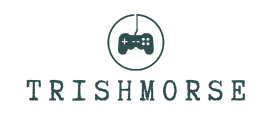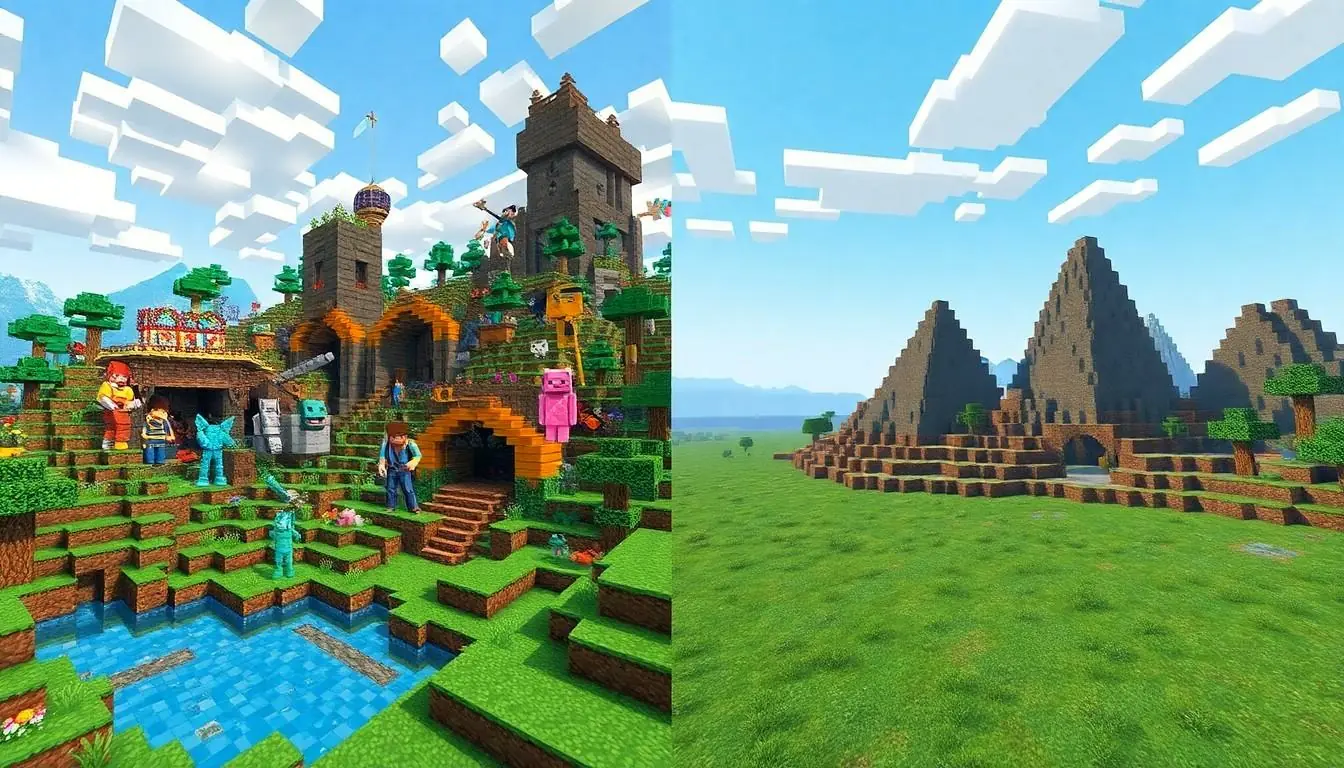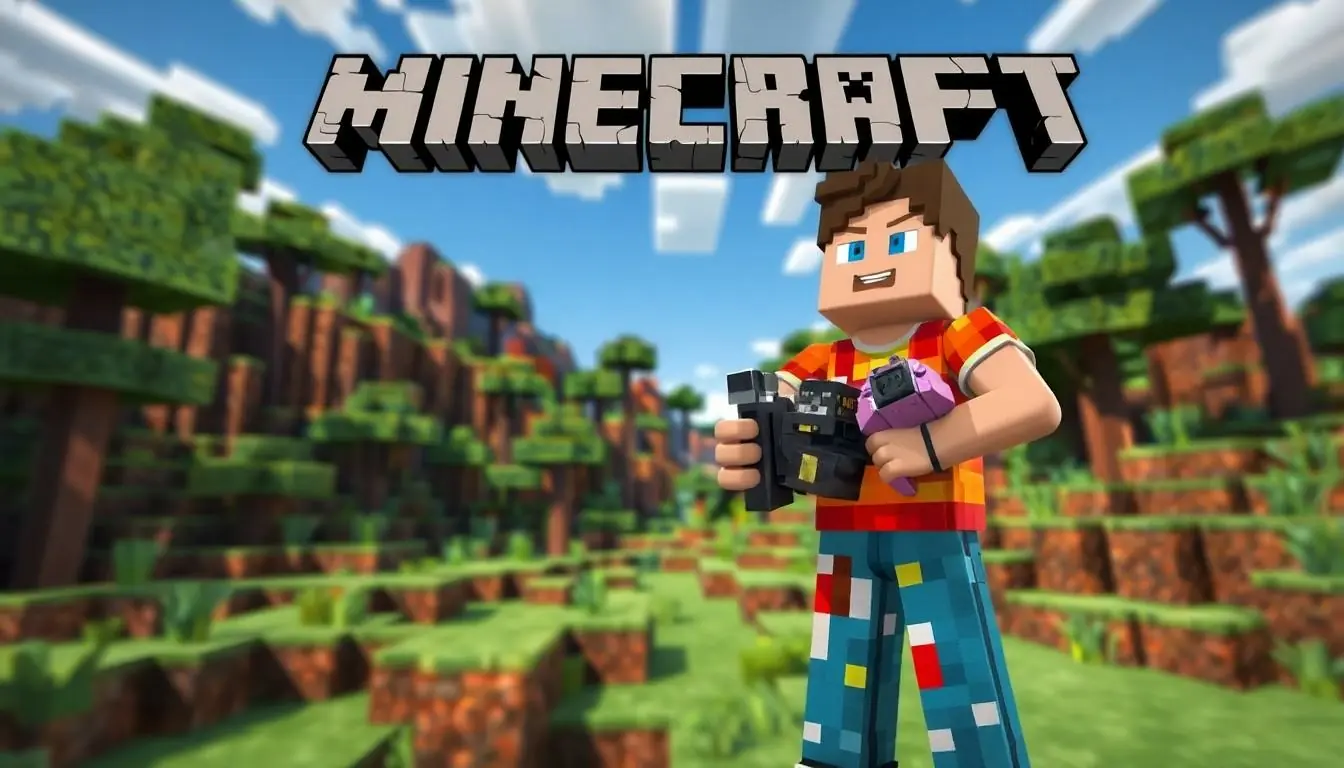In the vast pixelated universe of Minecraft, players often find themselves at a crossroads: Forge or Fabric? It’s like choosing between a trusty pickaxe and a shiny new sword. Each modding platform offers unique perks and quirks that can make or break a player’s experience. Whether you’re a seasoned miner or a newbie just digging in, understanding the differences could be the key to unlocking your ultimate gameplay.
Table of Contents
ToggleOverview of Minecraft Modding
Minecraft modding enhances gameplay by allowing players to add new features, mechanics, and content. Two major platforms dominate the modding scene: Forge and Fabric. Each platform offers distinct advantages tailored to different user needs.
Forge operates as a comprehensive modding framework. It supports a wide array of mods, catering to players seeking extensive modifications. Many established mods use Forge due to its longevity and compatibility with older game versions. The vast library of available mods can significantly enrich a player’s experience.
Fabric, on the other hand, prioritizes simplicity and performance. This lightweight framework enables quick loading times and more efficient resource management. Developers often choose Fabric for its ease of use and ability to work seamlessly with game updates. Many newer mods prefer this platform due to its flexibility and modern coding practices.
Understanding the differences between these two platforms is crucial. Players should consider the specific mods they wish to use. Compatibility remains an essential factor; some mods may only be available on one platform. Performance can also vary depending on system specifications. Players with older hardware might benefit more from Fabric’s optimized performance.
Community support plays a vital role in the modding experience. Forge has a larger community established over many years. However, Fabric’s growing community continues to attract developers and players alike.
Evaluating personal gaming preferences can lead to informed choices. Players seeking comprehensive mod support might gravitate towards Forge. Those who emphasize performance and modern features may find Fabric more appealing. The right choice depends on individual gaming goals and experiences.
What Is Minecraft Forge?
Minecraft Forge serves as a powerful modding platform for Minecraft, allowing players to customize their gaming experience. It supports a broad range of mods, catering to various gameplay enhancements.
Key Features of Forge
Forge provides a comprehensive modding environment with extensive mod support. Users can access a rich library filled with mods that offer new gameplay mechanics and visual changes. Compatibility with a wide variety of Minecraft versions ensures flexibility for players. Additionally, Forge includes a user-friendly mod interface that simplifies installation and management of mods. Frequent updates keep the platform aligned with the latest game versions, enhancing overall functionality.
Advantages of Using Forge
Utilizing Forge means gaining access to a vast and established community ripe with resources. The array of available mods ranges from small tweaks to significant gameplay overhauls. Players benefit from stronger compatibility with older mods, unlike newer alternatives. Frequent updates and maintenance keep many mods performing efficiently. Community support helps troubleshoot issues, enhancing user experience. Customization possibilities with Forge cater to both casual players and those seeking deeper modding efforts.
What Is Fabric?
Fabric serves as a modern modding platform for Minecraft, emphasizing flexibility and performance. This framework caters to developers and players seeking lightweight solutions for gameplay enhancements.
Key Features of Fabric
Simplicity defines Fabric’s architecture. It provides essential tools that facilitate quick mod development and integration. Fast loading times appeal to users looking for efficient gameplay experiences. Compatibility with various versions of Minecraft ensures smooth transitions between updates. Resource management stands out, optimizing game performance even with multiple mods active. Community-driven features allow developers to innovate rapidly, providing updates and support frequently.
Advantages of Using Fabric
Flexibility offers significant benefits for modders. Players enjoy access to modern features that enhance gameplay in unique ways. Lightweight design translates to reduced strain on system resources, leading to better frame rates. A growing community supports new modder initiatives, fostering collaboration and innovation. Many players appreciate the accessibility of the modding tools, making it easier for newcomers to join. Ultimately, choosing Fabric means prioritizing performance and modern modding practices.
Comparison of Minecraft Forge vs Fabric
Both Minecraft Forge and Fabric present unique strengths impacting the player experience.
Performance and Speed
Fabric excels in speed and lightweight performance. Its streamlined architecture allows for quicker mod loading times, enhancing overall gameplay responsiveness. Players often notice improved frame rates when using Fabric, which is vital for those seeking seamless play. Forge, while capable, can experience slower performance due to its extensive features and broader mod support. Players prioritizing speed may find Fabric more suited to their needs.
Mod Compatibility
Forge offers extensive mod compatibility, housing a vast library of established mods. Many creators initially developed popular mods for Forge, resulting in strong support for legacy content. Fabric, on the other hand, promotes the creation of newer mods designed for enhanced performance. Although its library is growing, it may not yet match the comprehensive offerings of Forge. Players focused on legacy mods and community-tested options might lean towards Forge.
User Experience
User experience varies between the two platforms. Forge provides a more structured interface designed for traditional modding workflows, catering to users who prefer a detailed setup process. It supports complex mods that enhance gameplay significantly. Conversely, Fabric focuses on simplicity and efficiency, appealing to new users and developers alike. This modern approach encourages innovation, making the modding experience more accessible. Overall, personal preference drives the decision between the two platforms based on desired complexity and ease of use.
Which One Should You Choose?
Choosing between Forge and Fabric depends on individual gaming needs. If a player prioritizes extensive modifications, Forge stands out as the best choice. It offers a highly established library of mods, making it appealing for those interested in legacy content. A large community supports Forge, providing solid resources and guidance for novice and seasoned modders alike.
On the other hand, players seeking lightweight solutions might prefer Fabric. Its design emphasizes performance and flexibility, making it ideal for those who enjoy fast loading times. Developers appreciate Fabric for its simplicity and the quick integration of mods, facilitating a smoother modding experience.
When comparing performance, Fabric generally excels with faster mod loading and improved frame rates. Players observing performance issues often find that Forge’s comprehensive features can lead to slower gameplay. Therefore, prioritizing speed can make Fabric a preferable option.
Mod compatibility also plays a crucial role in decision-making. Forge’s extensive library caters to users focused on established mods, while Fabric promotes innovative mods designed for peak performance. Although Fabric’s library is growing, it still lacks the breadth of Forge’s offerings.
User experience varies significantly between the two platforms. Those who enjoy a structured interface and complex workflows will likely favor Forge. Meanwhile, newcomers who value simplicity and efficiency may find Fabric aligns better with their goals.
Ultimately, evaluating gaming preferences alongside modding requirements allows players to select the most suitable platform. Recognizing personal priorities can significantly enhance the gaming experience, whether with Forge’s rich modifications or Fabric’s modern performance.
Conclusion
Choosing between Minecraft Forge and Fabric ultimately hinges on individual preferences and gaming goals. Forge’s extensive library and robust community support make it a top choice for players seeking deep modifications and a wealth of legacy content. On the other hand, Fabric’s focus on performance and simplicity appeals to those who value quick load times and lightweight solutions.
Players should assess their specific needs and consider what aspects of modding are most important to them. Whether it’s the rich customization options of Forge or the modern efficiency of Fabric, each platform offers unique benefits that can enhance the Minecraft experience.





